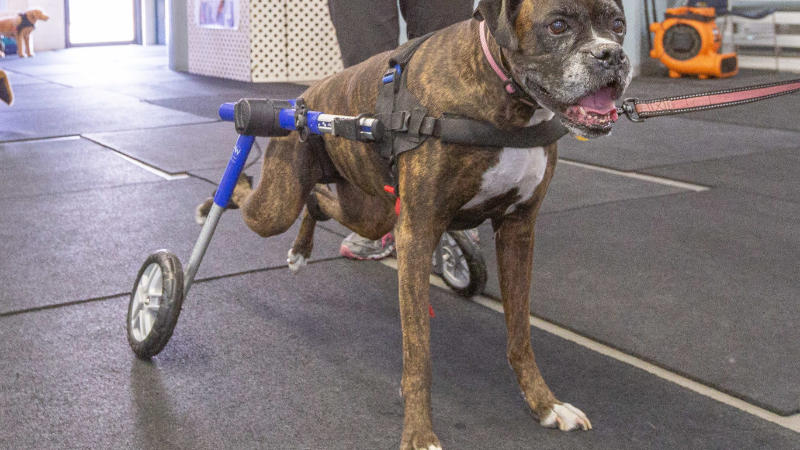Watching a beloved dog struggle with mobility issues can be heartbreaking for any pet parent. Whether due to injury, aging, or chronic conditions like arthritis, joint pain, and instability can significantly affect your pet’s quality of life. Many owners searching for ways to improve their dog’s movement and comfort turn to solutions they’ve seen recommended by veterinarians and pet experts. If you’ve ever typed “Orthopedic Brace For Dog” into your search bar, you’re not alone—this option has become increasingly popular for supporting canine mobility and joint health.
Understanding Dog Joint Issues
Dogs are susceptible to a range of joint problems, including ligament injuries, arthritis, hip dysplasia, and post-surgical recovery challenges. These conditions can lead to pain, swelling, and decreased mobility, making everyday activities like walking, running, or climbing stairs difficult. Early intervention is crucial to preventing further damage and helping your pet maintain an active lifestyle.
How Orthopedic Braces Support Mobility
An orthopedic brace is designed to provide targeted support and stability for a dog’s affected joints. By limiting excessive movement and reducing strain, these braces can help:
• Alleviate pain by supporting weakened or injured areas
• Promote proper joint alignment and natural movement
• Prevent further injury during healing or rehabilitation
• Boost confidence in dogs hesitant to move due to discomfort
Unlike rigid casts, orthopedic braces are typically made from flexible, breathable materials that allow for comfort and freedom of movement, making them suitable for both short-term recovery and long-term management of chronic conditions.
Choosing the Right Orthopedic Brace
Selecting the appropriate brace depends on your dog’s specific needs and the location of the joint issue. Common types include:
• Knee braces: Often used for ligament injuries like a torn ACL.
• Elbow and carpal braces: Provide support for elbow dysplasia or front leg injuries.
• Hip braces: Help stabilize hips affected by dysplasia or arthritis.
• Ankle and hock braces: Aid in recovery from sprains or instability in the lower leg.
Consulting with your veterinarian is essential before choosing a brace to ensure a proper fit and to determine if bracing is the right solution for your dog’s condition. Your vet can also guide you on how to introduce the brace to your pet and gradually increase wear time for maximum benefit.
Integrating Bracing With Other Mobility Solutions
While an orthopedic brace can be a game-changer for joint support, it often works best as part of a comprehensive care plan. Consider combining bracing with:
• Physical therapy and controlled exercises
• Weight management to reduce joint stress
• Supplements that support joint health
• Regular veterinary checkups to monitor progress
These combined efforts can help your dog regain strength, flexibility, and confidence over time.
Helping Your Dog Thrive Again
Supporting your dog with the right tools and care can make a world of difference in their daily life. An orthopedic brace for dog joint support offers a practical, non-invasive way to manage pain and restore mobility, whether your pet is recovering from an injury or coping with a chronic condition. By working closely with your veterinarian and exploring all available options, you can give your furry friend the best chance at a happier, more active life.
For more tips on pet health and mobility, explore additional resources on proper dog care joint health solutions for pets . Empower your dog to move comfortably and enjoy life to the fullest.

